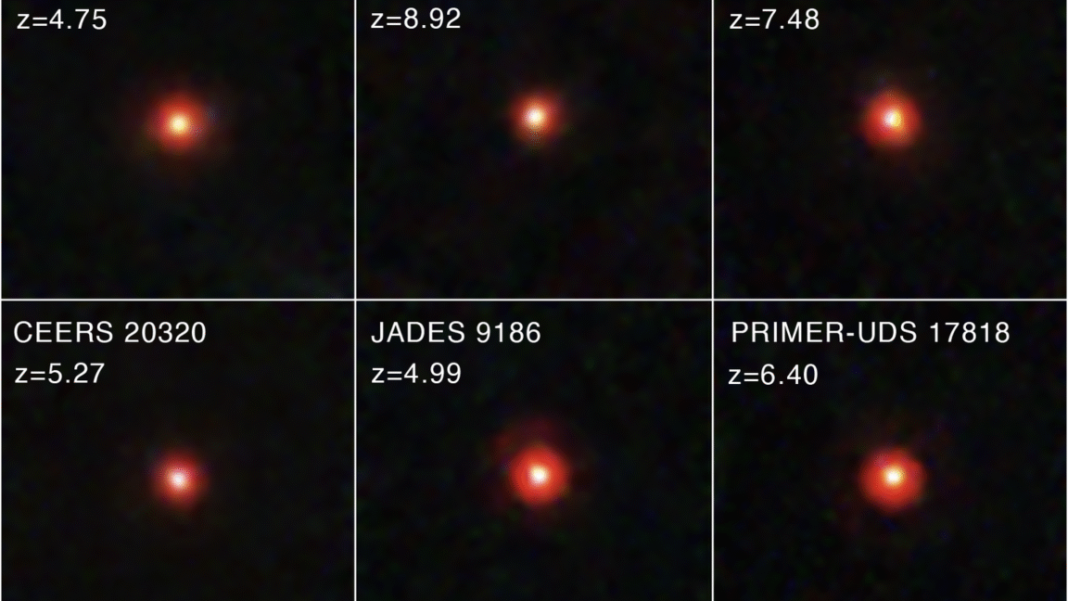The universe is full of mysteries, but few are as captivating – or as colossal – as supermassive black holes. These gargantuan cosmic entities, millions to billions of times the mass of our Sun, sit at the heart of most galaxies, including our own Milky Way. But their sheer size begs a monumental question: how did they get so big, so fast? While many theories exist, one particularly compelling idea paints a dramatic picture of cosmic cannibalism: runaway black hole mergers.
The Enigma of Gargantuan Growth
Imagine something so massive it warps spacetime itself, yet capable of forming relatively early in the universe’s history. Observations show that supermassive black holes (SMBHs) were already colossal billions of years ago, when the cosmos was still in its infancy. This rapid growth spurt poses a significant challenge to traditional models, which often rely on a steady diet of gas and dust accreting onto a smaller seed black hole. While accretion certainly plays a role, it might not be efficient enough on its own to explain the most extreme cases.
Scientists have long sought a mechanism for accelerating this growth. Could it be that instead of just slowly sipping from the cosmic fountain, these nascent giants gorged themselves in a frantic feeding frenzy, rapidly escalating their mass through sheer gravitational might?
The Runaway Merger Scenario: A Cosmic Free-For-All
Enter the runaway black hole merger hypothesis. This theory suggests that the birth environments of early galaxies were incredibly dense and chaotic. Picture the core of a young galaxy: a bustling metropolis of stars, gas, and an abundance of stellar-mass black holes – the remnants of massive stars that have collapsed. These smaller black holes, perhaps tens to hundreds of times the Sun’s mass, would form frequently in such stellar nurseries.
In these packed conditions, gravitational interactions would be relentless. The lighter stars would often be flung out, while the heavier black holes would slowly sink towards the very center of the galactic core due to a process called dynamical friction. Once concentrated in this central region, the stage is set for a gravitational mosh pit. “It’s like a cosmic magnet pulling all the heaviest objects to its core, creating the perfect conditions for a chain reaction,” explains renowned astrophysicist Dr. Anya Sharma, describing the process. These stellar-mass black holes would then begin a rapid series of mergers, each collision creating a progressively larger black hole. The bigger it gets, the stronger its gravitational pull, making it even more efficient at attracting and consuming its smaller brethren. This escalating process, a true cosmic free-for-all, is what we call a “runaway” merger scenario.
This rapid succession of mergers provides an elegant solution to the rapid growth problem. Instead of waiting for gas to slowly spiral in, a black hole could dramatically increase its mass by simply swallowing other black holes. The universe’s immense gravitational forces would literally build these behemoths through a torrent of collisions, producing a supermassive black hole much faster than accretion alone might allow.
Gravitational Waves: Listening for the Evidence
The exciting aspect of the runaway merger hypothesis is that it isn’t purely theoretical; it has observable consequences. Each time two black holes merge, they send ripples through spacetime known as gravitational waves. Ground-breaking detectors like LIGO and Virgo have already confirmed the existence of stellar-mass black hole mergers. Future detectors, particularly space-based observatories like LISA, are designed to detect the lower-frequency gravitational waves that would be emitted by the mergers of intermediate-mass and even supermassive black holes. Listening to these cosmic echoes could provide direct evidence of these runaway growth events, allowing us to piece together the dramatic birth story of our universe’s most enigmatic giants.
The supermassive black hole remains one of the universe’s most awe-inspiring paradoxes: a void of ultimate density that plays a foundational role in galactic structure. The runaway merger hypothesis offers a compelling and dynamic pathway to understanding their immense size, transforming a cosmic mystery into a cosmic epic of gravitational forces and relentless growth. As our instruments become more sensitive, we might just tune in to the symphony of mergers that built these colossal kings of the cosmos.




